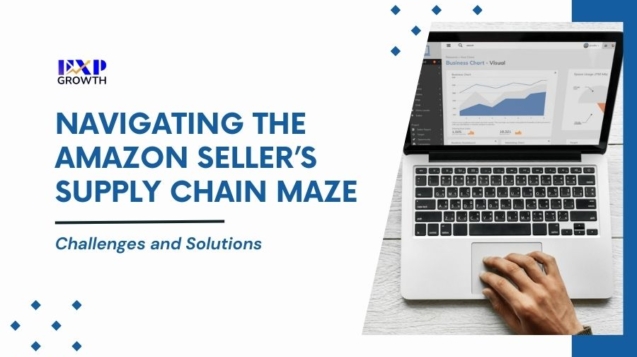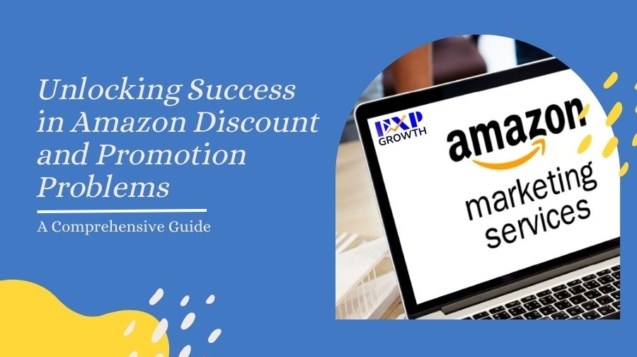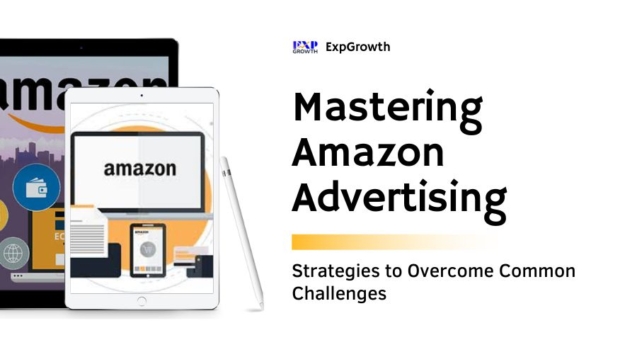Are you just getting started with SEO? Perhaps you’ve heard that SEO can boost your website’s ranks and increase traffic, but you’re unclear on how it operates or what areas you should concentrate on. You must have looked for information about search engine optimization (SEO) or a somewhat relevant topic. Are you interested to know- “What is SEO marketing?” “What is SEO?”
We’re delighted you’re here to learn about SEO, whether you found us through Google, Yahoo, Bing, or some other search engine. In this SEO guide, you’ll discover more about how SEO optimization works – and how to optimize your site for search.
Understanding Search Engine Optimization (SEO)
To begin, let’s state the obvious: What is SEO? What does SEO stand for?
Attracting customers through unedited, editorial, natural, or unpaid search results in browsers is known as search engine optimization or SEO. It aims to improve your website’s ranking in search engine results pages. Keep in mind that a website will rank higher on the list, with more people visiting it.
Various tasks are necessary for effective SEO, including:
- Choosing keywords with a lot of search traffic potential
- Creating valuable material of the best quality and optimizing it for both consumers and search engines
- Including pertinent links from reputable websites
- Evaluating the outcomes
Today, SEO is viewed as an essential marketing tactic. You can employ keyword research, content production, and page speed optimization to improve your visibility (or how highly you rank) in search results once you have a basic understanding of how SEO works.
What is the SEO Process for Search Engines?
To find the most pertinent information for a search, search engine companies create ranking variables, which are then used. Search engines are the cause of search engine optimization. But a search engine must first crawl and index the content to identify what is most relevant.
- Crawling: Search engines use crawling to find new and old web pages. Internal linking and backlinking are essential to SEO because crawlers, also known as spiders, employ links to find and re-find material.
- Indexing: Search engines employ indexing to store online content so that it can later be made available through search results. Crawling is followed by indexing. A search engine will index most pages, but spamming, restricted, or duplicate pages are rarely included.
Following crawling and indexing, a search engine evaluates pages using its ranking criteria, which include:
- Speed
- Profile of backlinks
- Use of keywords
- Mobile-friendliness
…and more on the list.
Remember that the ranking variables used by search engines are not disclosed.
You can start driving free, targeted traffic to your website if the search engine’s study indicates that your content will appear in organic search results!
SEO Operation from a Technical Perspective
Now that you know why search engines make such an effort to provide you with excellent results and why you should care, we can discuss SEO in more detail.
There are spiders in search engines, but they’re not the spooky, humanoid variety.
These spiders gather a wide range of data about your website and the web pages that make it up. Thus, it makes it simple for them to decide when to show a searcher a page from your website. They gather information about page speed, title tags, social signals, internal linking, backlinks, and other factors.
There are many aspects to think about and activities that may be made to try to optimize a website because Google uses over 200 ranking factors in its algorithm. Your site’s optimization and subsequent ranking are influenced by both on-page and off-page ranking criteria.
Everything that is actually on the page is what is meant by the on-page factors. This covers page URLs, picture alt tags, and internal linking. It also includes title tags, content, and site speed. In contrast, off-page criteria are nearly exclusively based on links that other websites send to your website.
It’s critical to remember that these bots are automated computer programs rather than real people. That implies that they have some restrictions, as you could anticipate.
They cannot browse websites since they only crawl the website’s code, not the actual website itself. This implies that they cannot view images or movies and are unimpressed by glitzy graphics or audio recordings.
Types of Search Engine Optimization (SEO)
Understanding how SEO changes can help you stay on top of your game as a digital marketer because getting your brand, website, or business found by searchers is a fundamental skill. Although SEO changes in small ways, its core principles remain constant. We can break down SEO into three key elements that you need to be aware of and use frequently:
-
Technical Optimization
Technical optimization is finishing tasks on your website that is not linked to content but are intended to increase SEO. Behind-the-scenes activities are frequent.
-
On-Page Optimization
On-Page Optimization is the procedure you employ to ensure the information on your site is pertinent and offers a superb user experience. A content management system can help you accomplish this by choosing the appropriate keywords to target inside your material. Content management systems like WordPress, Wix, Magento, Shopify, and Expression Engine are typical examples.
-
Off-Page Optimization
Off-Page Optimization is improving your site’s search engine rankings through actions taken away from it. Backlinks, which help to establish the site’s reputation, are a significant factor in this.
Off-page, on-page, and technical SEO goals increase your website’s user and search engine friendliness and reliability. Your website will rank highly for various searches when search engine crawlers notice how user- and crawler-friendly it is.
What kinds of SEO techniques are there?
The several sorts of SEO techniques, which include the following:
-
White-hat SEO
To improve your website, adopt recognized best practices and user-centered strategies. An illustration of a white-hat SEO strategy would be to create helpful content, increase page speed, and naturally incorporate keywords.
-
Black-hat SEO
A black-hat SEO approach optimizes your website using unethical and spammy methods, such as buying backlinks, stealing material from other websites, or even filling pages with keywords using invisible text.
Consider implementing a white-hat SEO strategy if you want SEO to benefit your company in the long run. Black-hat SEO may produce immediate benefits, but in the long run, it may cost your site in terms of penalties, such as lower rankings or exclusion from Google’s index.
Paid Search and Organic Search: Differences & Similarities
Differences:
We may categorize SEO into three key pillars or elements that you need to be aware of and use frequently:
-
Position
The first distinction is that organic results come after paid results on search engine results pages.
-
Time
Time is another crucial distinction between paid and organic search. Therefore, you must play the medium- to long-term game with organic search. Compared to organic search results, which often take weeks, months, or even years to appear, paid search results are sometimes available in a few minutes.
-
Payment
As the name suggests, paid search traffic is reimbursed financially. You get billed for each click based on the cost per click. It indicates that each time a user clicks on your advertisement, you are charged. By paying Google to display your ad when a visitor searches for your term, you may buy traffic for your page rather than depending solely on organic traffic to your website. Although organic search traffic is free, it takes time and resource commitment.
-
ROI
When using paid search, the return on investment, or ROI, may be calculated considerably more quickly. That’s only partially true because Google provides more keyword data than Google Analytics can gather. The ROI of a purchased search, however, can remain constant over time or even drop. ROI for organic search is a bit more challenging to quantify, but it frequently gets better with time. Over time, organic search can offer a great return on investment.
-
Traffic Percentage
In traffic share, between 20% and 30% of searchers click on paid results, while 70% and 80% click on SEO results. The majority of clicks, therefore, go to organic results.
Similarities:
There are similarities between paid and organic search, too, so it’s not just about the differences:
-
Keyword research
A search engine is used for paid and organic searches, requiring users to input a keyword. Keyword research for website SEO is necessary to use keywords in sponsored and organic searches effectively.
-
Landing pages
It would be best if you constructed landing pages for each search category. The landing page needs to link to your website for SEO purposes. The landing page for sponsored search might be the same one you use for organic search, or it can be an entirely different standalone page outside your website.
-
Traffic
One of their primary goals is traffic generation, which is shared by sponsored and organic search. Most essential, user intent is included in sponsored and organic search traffic. When someone searches on Google for information or asks a question, they act actively and are, therefore, more likely to work on the information they discover.
You Know How SEO Functions; Use It To Your Advantage Today!
It’s not impossible by any means to optimize your website for search engines. It could be difficult for someone who isn’t very technically savvy, but you can always ask a digital strategist for assistance.
To make client websites more appealing to search engines, ExpGrowth, an SEO company, spends many years improving client websites and giving SEO tips. We’re ready and willing to assist you, whether you’re new to SEO or looking to advance your optimization.
To learn more about how we can enhance your website with a personalized SEO plan, get in touch with SEO professionals at ExpGrowth immediately for best practices for SEO. We eagerly await your feedback!












